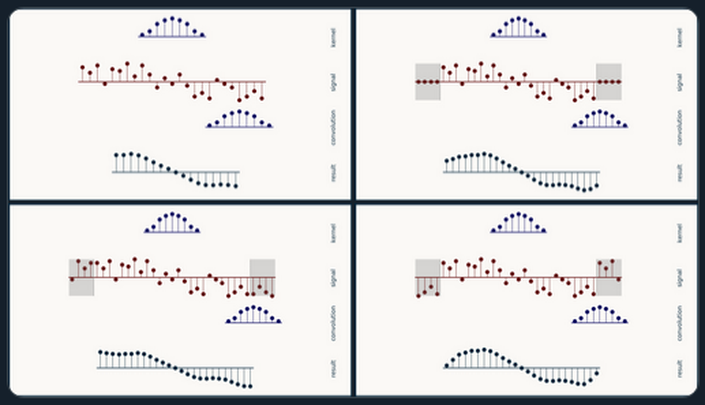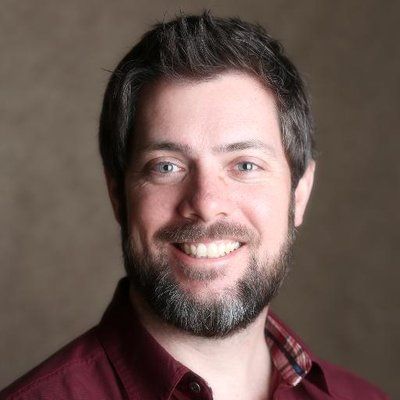
321. Convolutional Neural Networks in One Dimension
You can enroll below for free or, if it's easier, unlock the entire End-to-End Machine Learning Course Catalog for 20 USD.
This course kicks off a machine vision sequence, starting out with all the fundamentals of convolutional neural networks in one dimension for maximum clarity. We will extend Cottonwood to handle convolutional architectures and apply it to classifying electrically-measured heartbeats as healthy or irregular.
Course Curriculum
-
PreviewGet started
-
Preview1.1 1D convolution for neural networks, part 1: Sliding dot product
-
Preview1.2 1D convolution for neural networks, part 2: Convolution copies the kernel
-
Preview1.3 1D convolution for neural networks, part 3: Sliding dot product equations longhand
-
Preview1.4 1D convolution for neural networks, part 4: Convolution equation
-
Preview1.5 1D convolution for neural networks, part 5: Backpropagation
-
Preview1.6 1D convolution for neural networks, part 6: Input gradient
-
Preview1.7 1D convolution for neural networks, part 7: Weight gradient
-
Preview1.8 1D convolution for neural networks, part 8: Padding
-
Preview1.9 1D convolution for neural networks, part 9: Stride
-
PreviewArticle: 1D convolution for neural networks
-
Preview2.1 Convolution in Python from scratch (5:44)
-
Preview2.2 Comparison with NumPy convolution() (5:57)
-
Preview2.3 Create the convolution block Conv1D (6:54)
-
Preview2.4 Initialize the convolution block (3:29)
-
Preview2.5 Write the forward and backward pass (3:27)
-
Preview2.6 Write the multichannel, multikernel convolutions (7:28)
-
Preview2.7 Write the weight gradient and input gradient calculations (8:26)
-
Preview3.1 Create the blips data set (10:38)
-
Preview3.2 Collect all the blocks we'll need (4:33)
-
Preview3.3 Connect the blocks into a network structure (4:18)
-
Preview3.4 Training, evaluation, and reporting (3:49)
-
Preview3.5 OneHot and Flatten Blocks and Logging (4:43)
-
Preview3.6 Inspect text summary and loss history (4:09)
-
Preview3.7 Inspect convolution layers and evaluate model (6:27)
Get started now!
Frequently Asked Questions
Your Instructor

I love solving puzzles and building things. Machine learning lets me do both. I got started by studying robotics and human rehabilitation at MIT (MS '99, PhD '02), moved on to machine vision and machine learning at Sandia National Laboratories, then to predictive modeling of agriculture DuPont Pioneer, and cloud data science at Microsoft. At Facebook I worked to get internet and electrical power to those in the world who don't have it, using deep learning and satellite imagery and to do a better job identifying topics reliably in unstructured text. Now at iRobot I work to help robots get better and better at doing their jobs. In my spare time I like to rock climb, write robot learning algorithms, and go on walks with my wife and our dog, Reign of Terror.